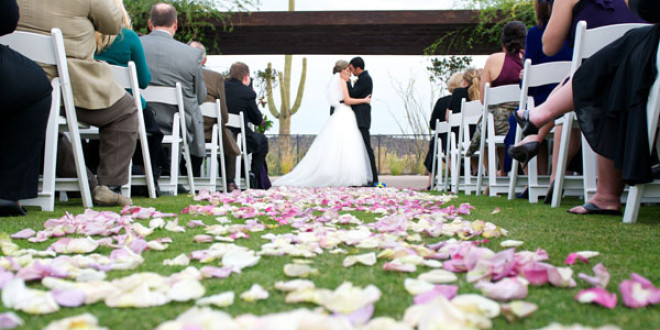[ad_1]
There is a trend in a lot of brides choosing vintage wedding dresses. There are a few reasons for this because there are just some things that aren’t made anymore. Vintage styling is often classic and elegant. A vintage wedding dress alteration is a good way to nip and tuck in all the right places. Never mind if you purchase a slightly bigger size as you can have it fitted to your body shape by a good tailor.
Another option is to have a vintage dress copied, this is a really exciting way to add your own twist to a design. Below are some vintage wedding dresses:
1930s-
Who created 1930s fashion? In many ways, Hollywood did! Many would see their favourite silver screen stars on TV and would flock to the department stores to pick out something similar. Vogue magazine commented on long-line dresses in 1934:
‘You’ll look as thin as a reed and taller than ever, because of the long slip with its sudden flowering at the hem.’ Diamante clips and gold chokers glistened beside chiffon-topped black velvets, slippery white silk-satins, and gold lame.
1940s
Fashions motto can be considered Total Utilisation, The Age of the Uniforms or Make Do and Mend as British Vogue Pronounced in 1940s.
In Europe, as the Governments took control of the wartime purse strings, rationing enforced an era of required minimalism. The luxurious film star look of the 30s now viewed as flashy, unpatriotic and vulgar. This era sees simple wedding dresses in bias cut silk with minimal embellishments.
1950s
By the 1950s the war was over and fashion was beginning to blossom. Designers focused less on sharp silhouettes and moved to softer lines. Dior pushed fashion to the limit and shunned the post war poverty and lack of materials, using as much as 23 meters of fabric for a single dress. So in essence in the 1950s dresses where big, they were daring and made a statement.
1960s
During the 1960s, bridal fashion brought many of the styles that are now so familiar to us today, like empire waistline and the A-line silhouette. In addition, the bubble sheath silhouette, hemline at ankles, 3/4 lace sleeves and Watteau train are unique styles of that decade. So popular was the A-line gown which was a breakaway from the tightly girdled hourglass shapes of the 1950s. Such gowns fell from the shoulders and had no hint of a waist. Sleeves were three quarter or eliminated completely, only to be accessorised with formal gloves.
Finding the perfect wedding dress is a big task but a task that can be fun, it shouldn’t be too daunting with the right help and tips. Look out for more help with choosing the right dress.
[ad_2]
Source by Orhan Kaplan

